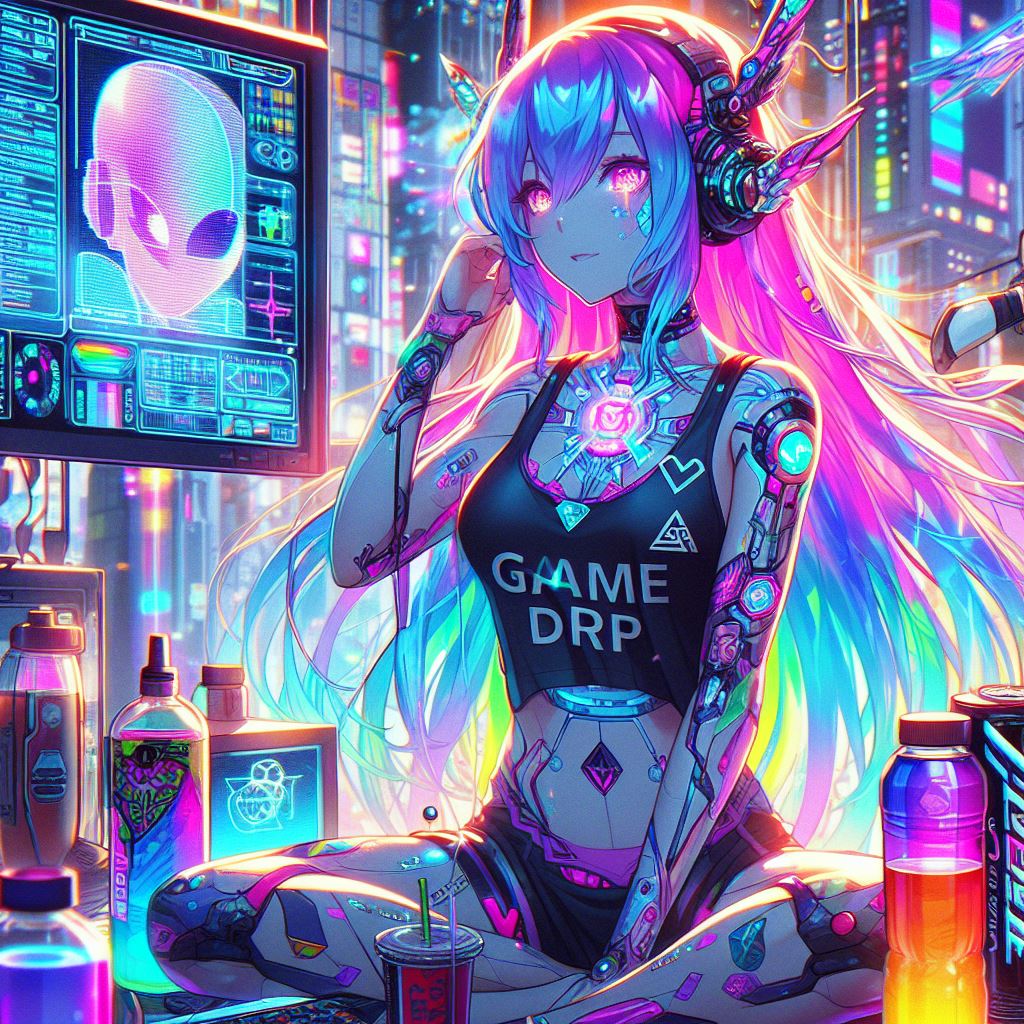As featured on New Minecraft Servers
#Blooditalian

Looking for a survival adventure but strengthened with custom elements that don’t destroy the vanilla experience too much?Don’t want to download modpacks to join a server and do you like the idea of entering and playing in total freedom?Then this is the server for you!BloodItalian is a mmorpg-towny server, which bases its core on the classic vanilla experience, strengthening it with non-obligatory supplement elements, elements designed to recreate the classic atmosphere experienced in mmorpg video games of the past, such as WoW, Ragnarok Online, Lineage 2 etc.You will find a system of protection of territories (called Land) managed in cities, countries and sub-territories.There is a class system, divided into 5 general ones and with a total of 25 total possibilities.You will have the opportunity to customize your equipment, arming yourself with unusual and uncommon armor and weapons in the world of Minecraft, some even equipped with magic!All surrounded by captivating dungeons, missions always available and unlimited replayability!Furthermore there is a double shop system always active! The auction house via the /ah command and the display shops, configurable as you wish!
General informations• Sito Web: blood-italian• Discord: Link Discord• Instagram: BloodItalianMN• Version: 1.20.1• IP: blood-italian.itThe server mode is survival/townyPvp between players is enabled. Keepinventory is active, but only in the overworld and in the various dungeons.
Do you want to come and designer? My friend… But you are welcome! The towny system is designed to prevent grief, but wherever you want to grab an unprotected base you can also do it without any ban risk! If you find yourself in difficulty, you will always have the custom gui of the server commands available through /guide, with a specific guide that you can read whenever you like! All in complete freedom. BloodItalian is a server where anyone can join, have their own experience alone or in company and play with anyone they want! There are Dungeon customs, sets of custom weapons and armor, various minigames and an RPG experience combined with a Towny system!
Once you enter the server you will have to register. Once you have registered, you will be catapulted into the Towny server, specifically to Heldensburg, the server’s spawn city where you will find the various npc-shops (name in blue) and the various npc-quests (golden or red names).Here you can indulge yourself as you want:– You can accept missions to start playing in a simple but effective way;– You can do /rtp and be catapulted to a random point in the game world;– You can simply walk away from the spawn area and therefore be able to build your story step by step!– You can ask someone to invite you to their city and start playing together!– You can also do the server tutorial with /tutorial, or consult the guide with /guide and the list of commands with /commands.Through the /daily command you will receive, once a day, a small reward for being online and always active on the server, as well as 3 diamonds.The server currency is Gils, and a diamond is worth 35. The /sell hand command is always enabled and with /worth you will always know if what you hold in your hand has any form of value.
But it doesn’t end here!Using the /zonedungeon command you will be catapulted into the dungeon area, both daily (free) and paid.This is where you will refine your equipment, step by step, victory after victory!As well as having the possibility of accessing the unprecedented dimension of the server! The Abysmal Dimension!This consists of an amplified nether-like dimension with biomes inspired by what was done for the Incendium datapack. There you will find custom monsters, bosses that spawn easily and an extreme difficulty, in which even the most trivial fall can be deadly! Once you die there you lose your equipment, and you are catapulted to the dimension’s lobby, safely. But why enter this dimension?In addition to facing monsters not usually faceable in the Towny server, for the various materials, as many as 50 new Minerals introduced into the server, with which you can craft the various unique equipment and armaments of the server!

Now it’s your turn to take the first step!See you in game.





















